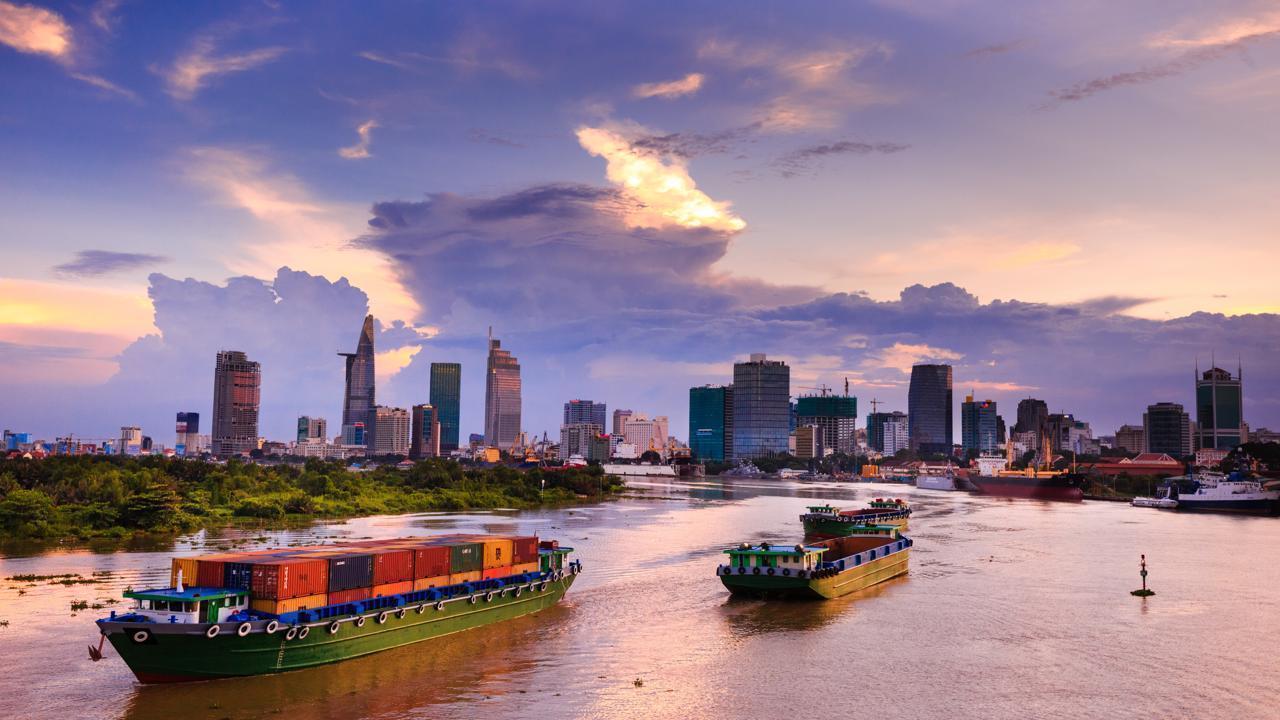
Post by : Amit
Historic Reform in Maritime Governance
India’s maritime sector witnessed a defining moment this week as the Rajya Sabha passed the Indian Ports Bill, 2025, replacing the century-old Indian Ports Act of 1908. This reform is being hailed as a landmark move to align the governance of Indian ports with the demands of modern trade, technological advancements, and global competition. The government envisions this bill as a key step toward realizing India’s maritime leadership by 2047, coinciding with the nation’s centenary of independence.
The new legislation comes at a crucial time when India is aggressively expanding its port infrastructure, fostering blue economy initiatives, and seeking to position itself as a logistics hub for the Indo-Pacific. With ports handling over 95% of India’s trade volume and around 70% of trade value, the governance and efficiency of this sector are central to the nation’s economic ambitions.
From 1908 to 2025: A Long Overdue Overhaul
The Indian Ports Act of 1908 was drafted during the colonial era, primarily serving the trading interests of the British Empire. Its provisions were outdated, lacking relevance to present-day realities such as digital logistics systems, green shipping standards, global shipping alliances, and private-public partnerships.
By contrast, the Indian Ports Bill 2025 emphasizes decentralized governance, empowering state maritime boards and aligning port regulations with international best practices. It introduces flexibility for future challenges such as climate adaptation, cyber risks in port operations, and the integration of autonomous shipping technologies.
Provisions of the Indian Ports Bill 2025
The bill introduces several structural and regulatory reforms designed to make Indian ports more competitive, transparent, and efficient. Among its most notable features are:
India’s Maritime Vision 2047
The Indian Ports Bill 2025 is not just a piece of legislation—it is a stepping stone in the government’s broader Maritime India Vision 2047, which seeks to triple port capacity, achieve seamless hinterland connectivity, and integrate Indian ports into global supply chains.
Minister for Ports, Shipping, and Waterways, Sarbananda Sonowal, emphasized during the debate that the reform aligns with Prime Minister Narendra Modi’s vision of “Viksit Bharat”, where ports play a pivotal role in boosting India’s global trade competitiveness. The government aims for Indian ports to rank among the top 25 globally by efficiency and sustainability.
Impact on Trade and Economy
Economists argue that the bill could transform India’s position in the global logistics performance index, where the nation currently lags behind maritime powerhouses like Singapore and China. By reducing bottlenecks and modernizing governance, the legislation is expected to cut logistics costs, which currently stand at 13–14% of GDP, compared to the global average of 8–9%.
Lowering these costs could make Indian exports more competitive, especially in critical sectors like textiles, pharmaceuticals, and electronics, where supply chain speed is vital. Furthermore, enhanced port efficiency would benefit India’s energy imports, ensuring smoother crude oil, LNG, and coal handling amid growing energy security needs.
A Global Comparison: Learning from Maritime Leaders
India’s maritime reform echoes the transformations seen in countries such as China, Singapore, and the Netherlands, where port governance models emphasize digitalization, public-private synergy, and environmental compliance.
By adopting a forward-looking governance framework, the Indian Ports Bill 2025 signals that New Delhi is serious about learning from and competing with these global leaders.
Seafarer Welfare and Workforce Development
Another crucial dimension of the bill is its focus on the human element of shipping. Indian seafarers form one of the largest pools in the global maritime workforce. The legislation introduces provisions to enhance training, safety standards, and welfare measures, ensuring that India remains a preferred source of skilled maritime professionals.
The bill also highlights skill development initiatives, particularly in emerging areas like port automation, cybersecurity, and green shipping technologies, ensuring the workforce is future-ready.
Addressing Environmental Concerns
The Indian Ports Bill 2025 integrates sustainability into the core of port governance. With climate change posing risks to coastal infrastructure and trade, the bill prioritizes:
These measures align with India’s broader commitments under the Paris Agreement and IMO’s decarbonization agenda.
Political and Industry Reactions
The passage of the bill was met with bipartisan support, though some opposition leaders expressed concerns about the central government’s influence over state matters. However, industry stakeholders—including the Federation of Indian Export Organizations (FIEO) and major shipping companies—welcomed the bill as a game changer.
Rajiv Agarwal, CEO of Essar Ports, remarked that the legislation would “unlock the true potential of Indian ports by balancing central oversight with state-level dynamism.” Global investors have also responded positively, viewing the bill as an enabler of public-private partnerships in port infrastructure.
Challenges
Despite the optimism, several challenges remain in realizing the bill’s vision:
Experts caution that without timely execution, the bill’s ambitions could remain on paper.
Toward a Maritime Century for India
The Indian Ports Bill 2025 represents far more than the repeal of an outdated law. It is an assertion of India’s maritime destiny, a declaration that the nation is ready to command greater influence over global trade routes and ocean governance.
If implemented effectively, the law could turn Indian ports into powerhouses of efficiency, sustainability, and global connectivity, making India a true maritime leader by 2047.
As the waves of reform ripple outward, the success of the Indian Ports Bill will be measured not only in containers handled or ships docked but in how it reshapes India’s economic and strategic future on the high seas.
India, shipping bill
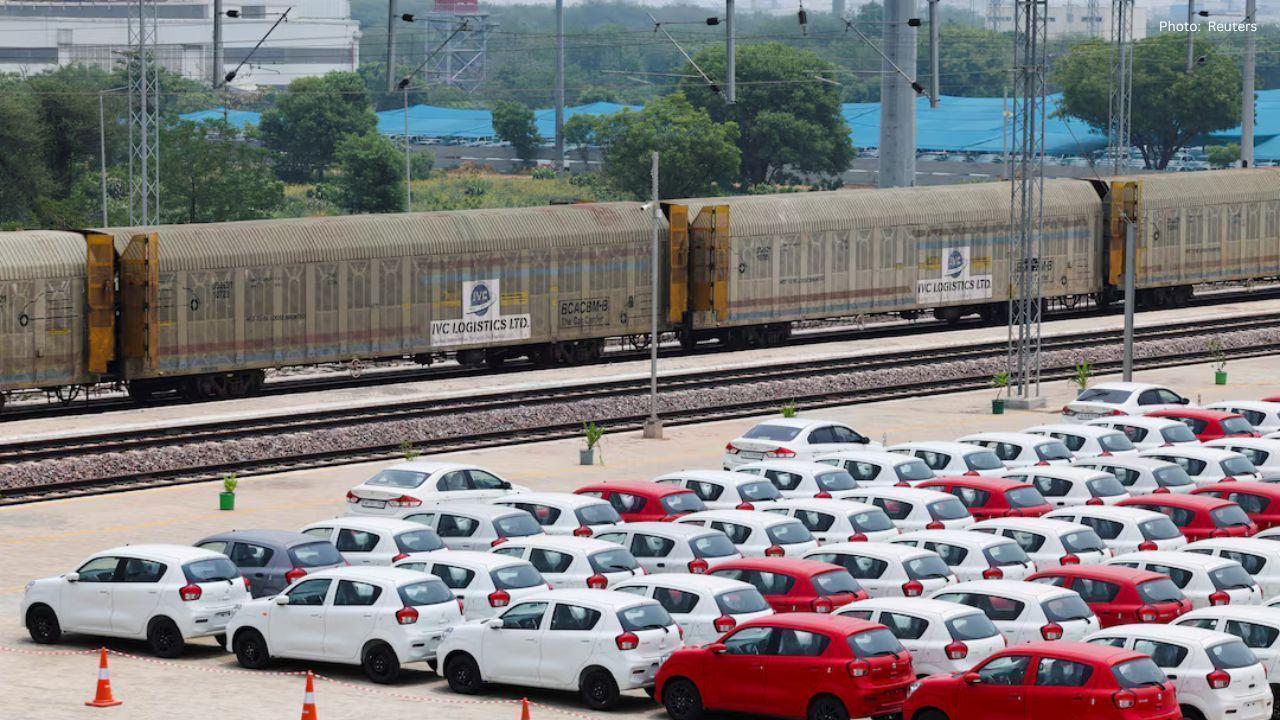







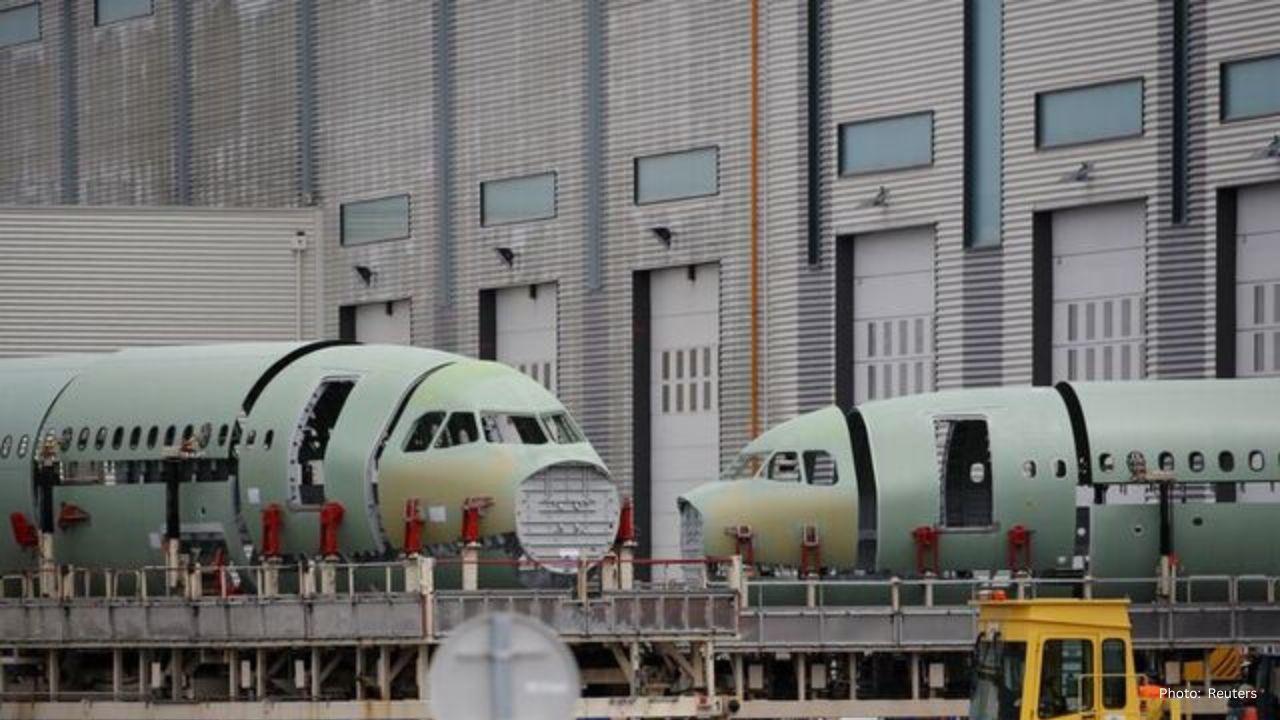
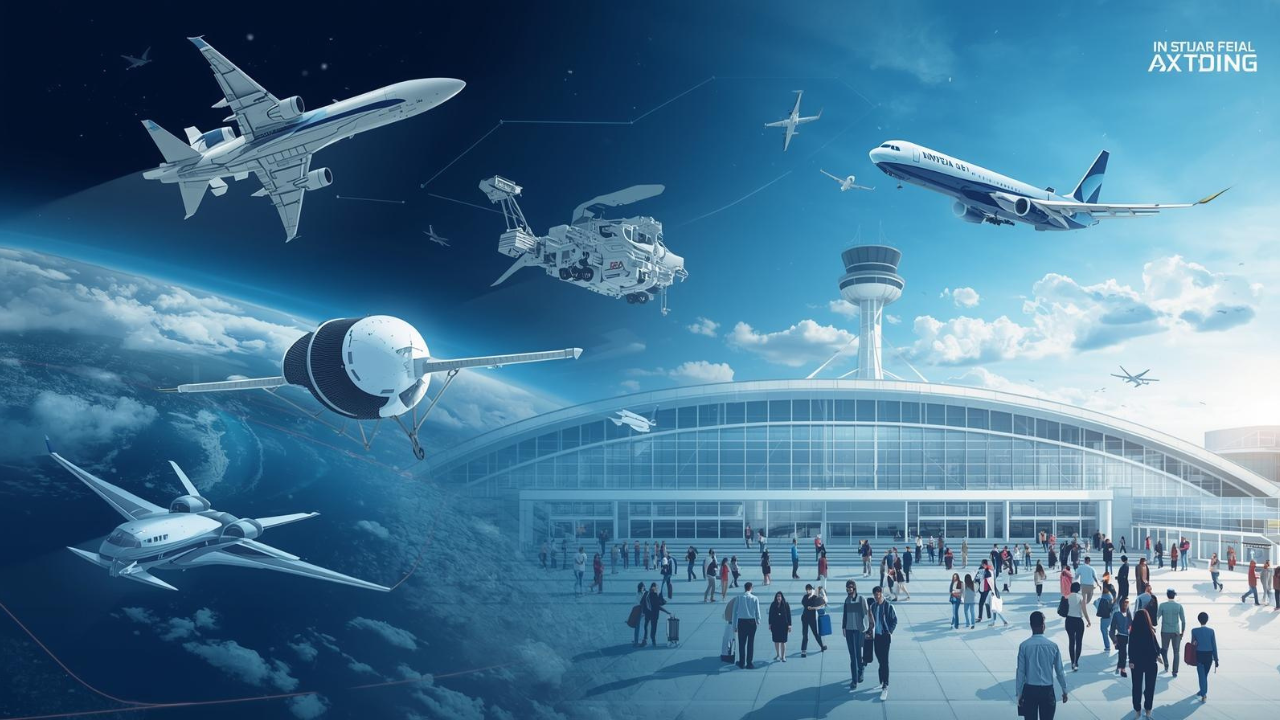
Advances in Aerospace Technology and Commercial Aviation Recovery
Insights into breakthrough aerospace technologies and commercial aviation’s recovery amid 2025 chall
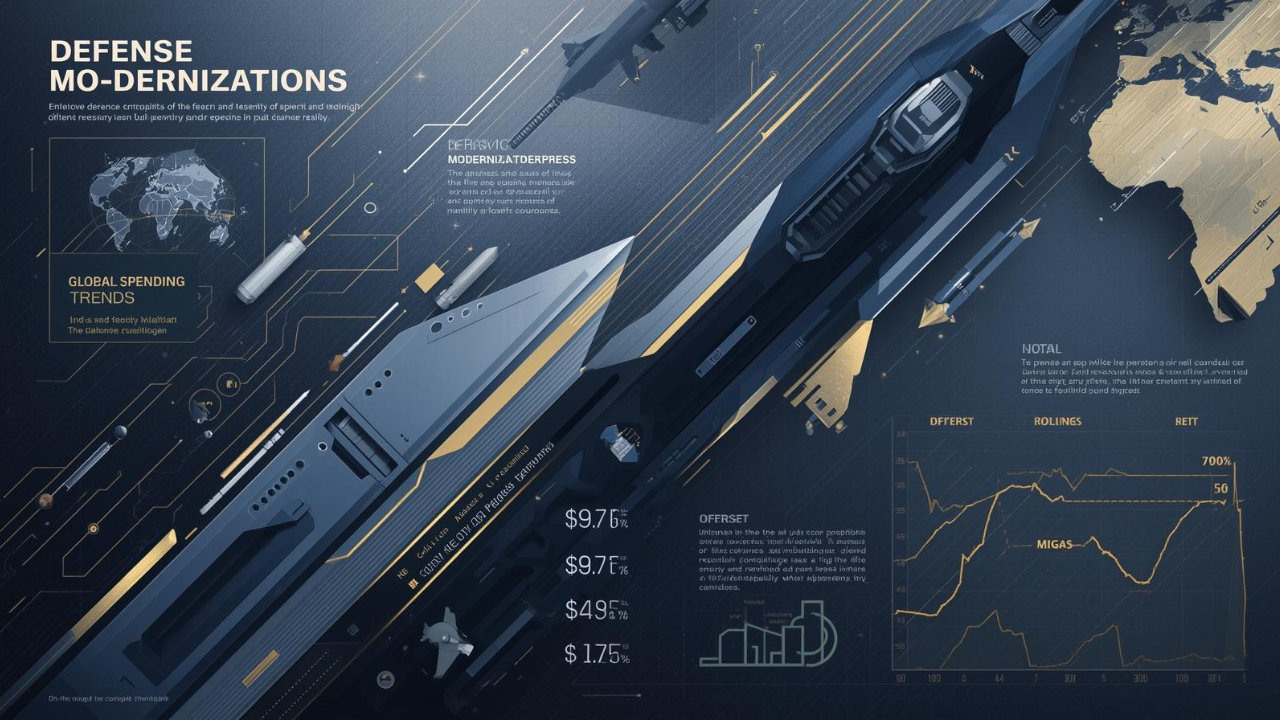
Defense Modernization and Strategic Spending Trends
Explore key trends in global defense modernization and strategic military spending shaping 2025 secu

Tens of Thousands Protest in Serbia on Anniversary of Deadly Roof Collapse
Tens of thousands in Novi Sad mark a year since a deadly station roof collapse that killed 16, prote

Canada PM Carney Apologizes to Trump Over Controversial Reagan Anti-Tariff Ad
Canadian PM Mark Carney apologized to President Trump over an Ontario anti-tariff ad quoting Reagan,

The ad that stirred a hornets nest, and made Canadian PM Carney say sorry to Trump
Canadian PM Mark Carney apologizes to US President Trump after a tariff-related ad causes diplomatic

Bengaluru-Mumbai Superfast Train Approved After 30-Year Wait
Railways approves new superfast train connecting Bengaluru and Mumbai, ending a 30-year demand, easi